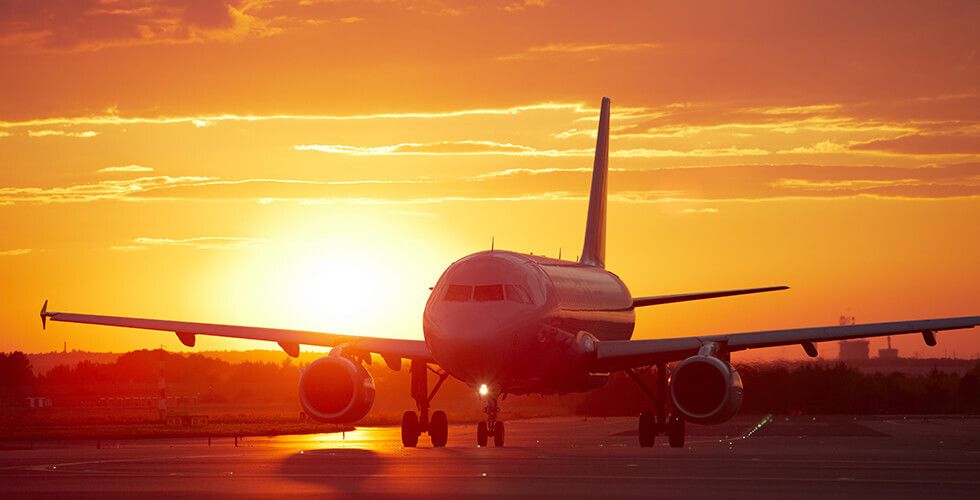
Phoenix summers don’t just bring soaring temperatures—they’ve become a high-stakes factor in air travel too. As the desert sun scorches ground-level air near Sky Harbor, the already thin atmosphere becomes even less dense. That means airplanes must work harder to lift off, and pilots are feeling the pressure.
Embry-Riddle Aeronautical University Assistant Professor (and ex-commercial pilot) Cary Grant explains that this reduced air density leads to longer, bumpier takeoffs. “It’s going to be bumpy through about 13,000 feet,” Grant says, warning flight crews and passengers to brace for those jolts. The heat creates powerful air currents rising off the desert floor, adding turbulence early in the flight path.
Airport operations must adapt too. Pilots and air traffic planners factor in runway length, allowable aircraft weight, and manufacturer limits—especially when temperatures push the plane’s performance envelope. In some cases, flights may be delayed or reconfigured, such as reducing passenger numbers or offloading cargo until conditions improve.
For travelers: timing is everything. Grant recommends booking flights in the early morning or late evening when the air is cooler and more stable. These smoother windows can make a big difference in comfort and safety, especially when Phoenix is baking under triple-digit heat.

